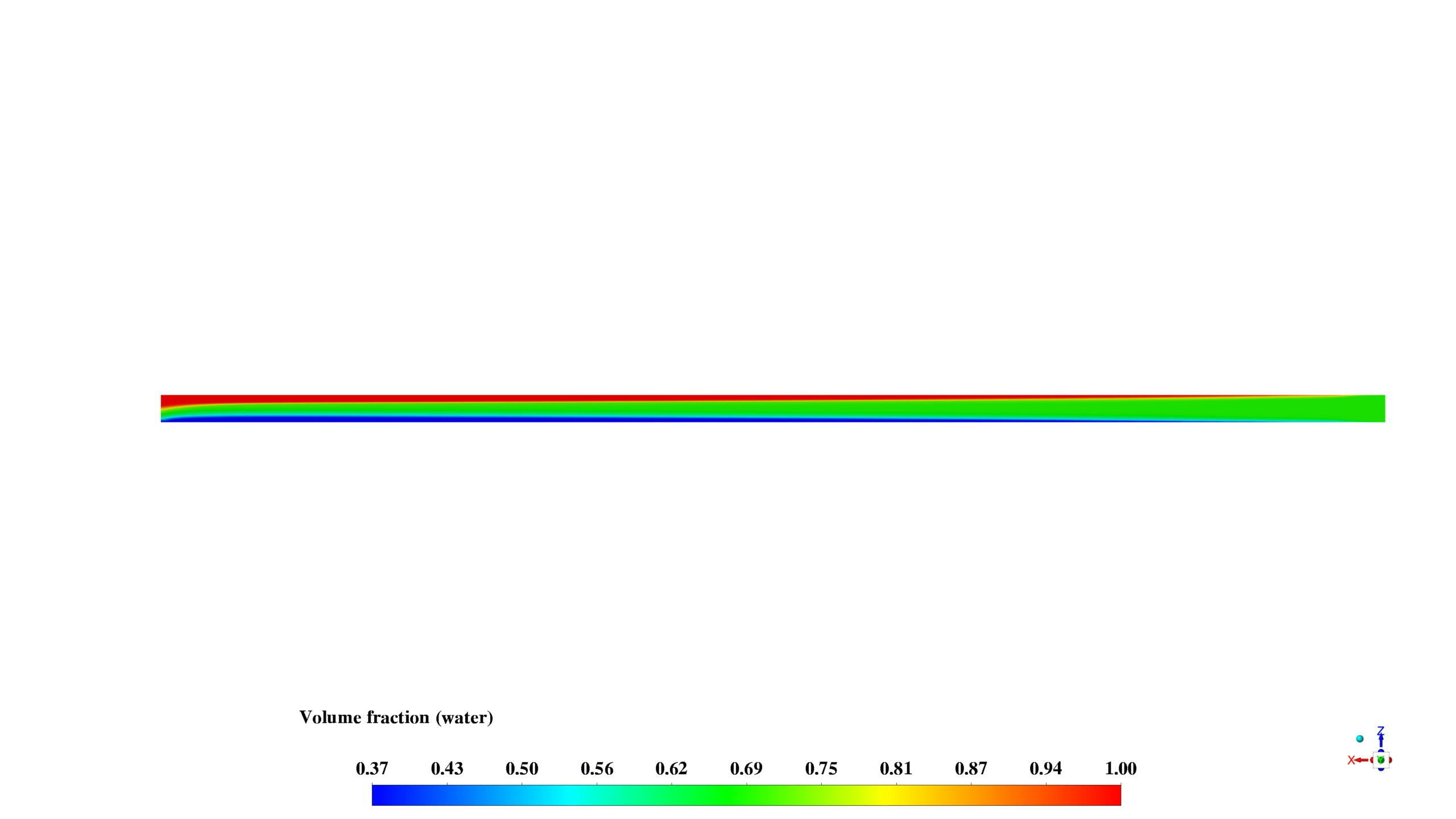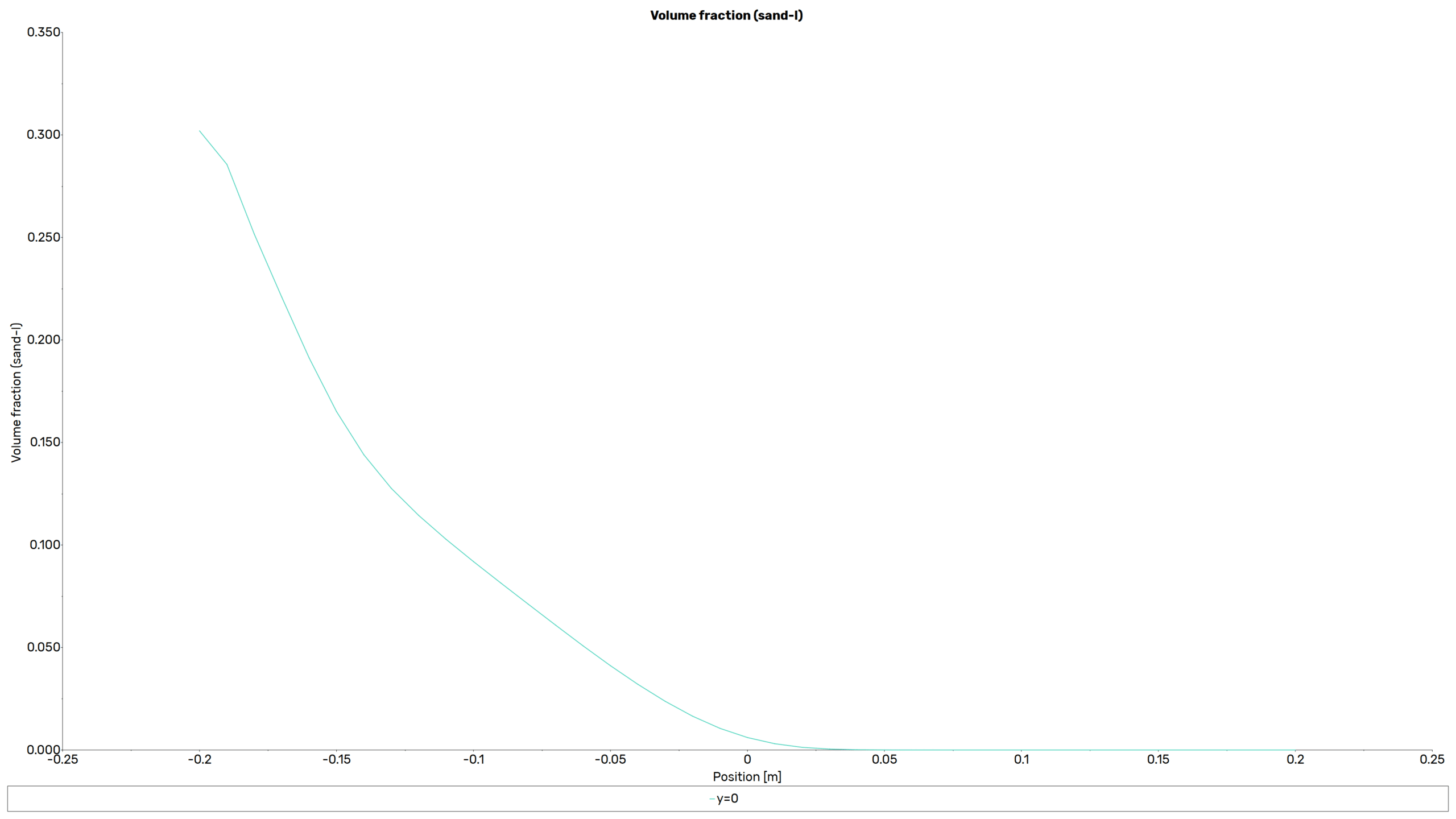Sand Particle Sedimentation CFD Analysis
$100.00 $50.00 Student Discount
To Order Your Project or benefit from a CFD consultation, contact our experts via email (info@mr-cfd.com), online support tab, or WhatsApp at +44 7443 197273.
There are some Free Products to check our service quality.
If you want the training video in another language instead of English, ask it via info@mr-cfd.com after you buy the product.
Description
Sand Particle Sedimentation CFD Analysis, ANSYS Fluent Training
Introduction
This report presents a comprehensive Computational Fluid Dynamics (CFD) analysis of the sedimentation of three sizes of sand particles using ANSYS Fluent. The study aims to investigate the complex behavior of sand particles of different sizes during the sedimentation process in a fluid medium. This analysis provides valuable insights into the distribution and settling patterns of sand particles, which is crucial for applications in environmental engineering, sediment transport, and water treatment processes.
The simulation geometry was designed using ANSYS Design Modeler and consists of a cylindrical domain, as evidenced by the circular cross-section visible in the mesh image. The computational domain is optimized to capture the sedimentation characteristics of the sand particles under the influence of gravity.
ANSYS Meshing was employed to generate a high-quality mesh comprising 388,797 hexahedral elements. This mesh density provides sufficient resolution to accurately capture the flow dynamics, turbulence effects, and particle distribution within the domain. The structured hexahedral mesh ensures efficient computation and helps in resolving the complex multiphase flow patterns expected during the sedimentation process.
Methodology
A pressure-based, steady-state solver was employed to capture the equilibrium state of the particle distribution in the fluid.
The RNG k-epsilon turbulence model with standard wall function was chosen to accurately represent the turbulent nature of the fluid-particle interaction during sedimentation.
The Eulerian multiphase model with Implicit Formulation was utilized to simulate the behavior of three different sizes of sand particles (small, medium, and large) interacting with the fluid phase.
Gravity was enabled in the simulation to capture the sedimentation process accurately.
Results
The density contours reveal the distribution of the mixture (fluid and particles) throughout the domain. The density ranges from 998.20 kg/m³ to 1114.53 kg/m³, with higher densities observed at the bottom of the domain, indicating the accumulation of sand particles due to sedimentation.
The static pressure contours show a range from -80.92 Pa to 200.36 Pa. The pressure gradient is primarily vertical, with higher pressures at the bottom of the domain, consistent with the hydrostatic pressure distribution and the presence of settled particles.
The volume fraction contours for sand-l (large particles), sand-m (medium particles), and sand-s (small particles) provide insights into the distribution of different particle sizes:
- Large particles (sand-l) show a maximum volume fraction of 0.32, with a clear stratification visible. These particles settle more quickly and are concentrated at the bottom of the domain.
- Medium particles (sand-m) exhibit a maximum volume fraction of 0.30, with a distribution pattern similar to large particles but with a slightly more diffuse upper boundary.
- Small particles (sand-s) have a maximum volume fraction of 0.32, but their distribution is more uniform throughout the domain, indicating slower settling and greater suspension in the fluid.
The volume fraction of water ranges from 0.37 to 1.00, complementing the particle distributions.
The volume fraction plots for each particle size along a vertical line at the outlet boundary provide quantitative insights into the sedimentation process:
- Large particles (sand-l) show a sharp increase in volume fraction near the bottom, reaching a maximum of about 0.30 at the lowest point.
- Medium particles (sand-m) display a more gradual increase, with a maximum volume fraction of about 0.28 at the bottom.
- Small particles (sand-s) exhibit a much more uniform distribution, with a maximum volume fraction of only about 0.035, and maintain a relatively constant concentration throughout most of the domain height.
These results clearly demonstrate the size-dependent sedimentation behavior of sand particles, with larger particles settling more quickly and forming distinct layers, while smaller particles remain more uniformly suspended in the fluid. This simulation provides valuable insights into particle settling dynamics, which can be applied to various engineering and environmental applications involving sediment transport and particle separation processes.












Reviews
There are no reviews yet.